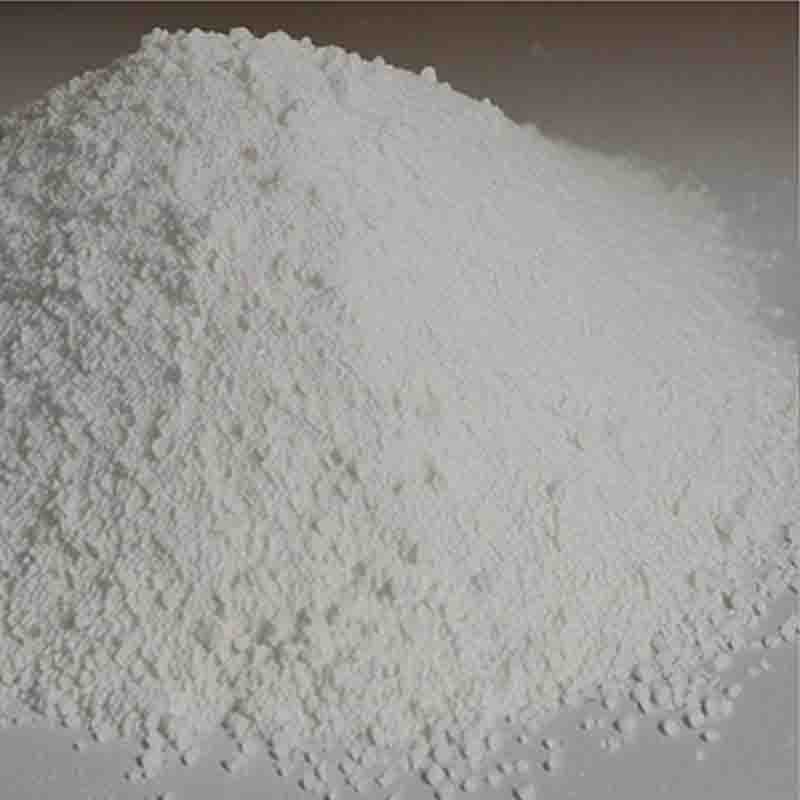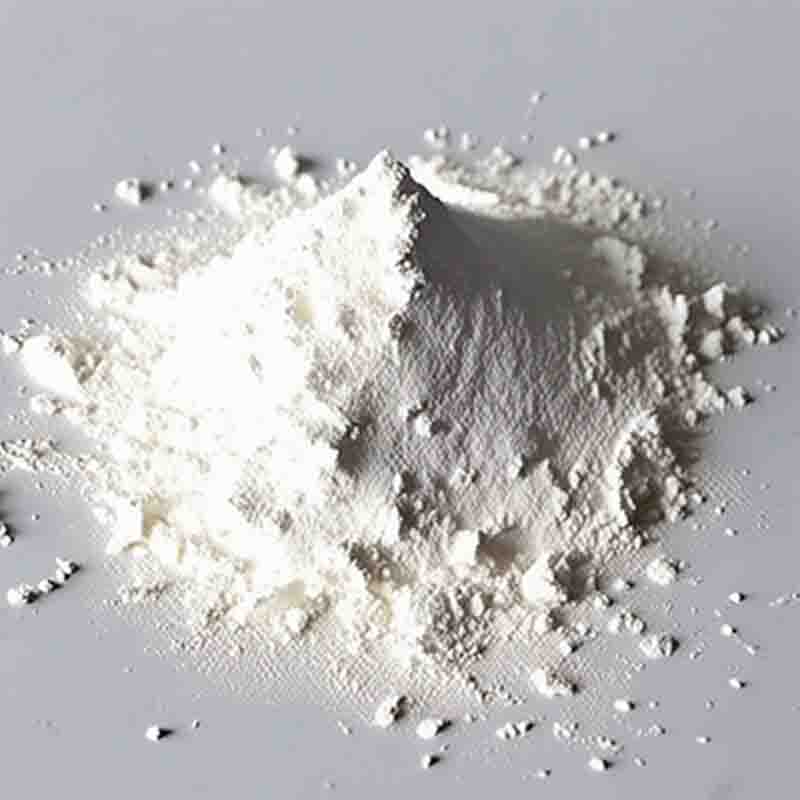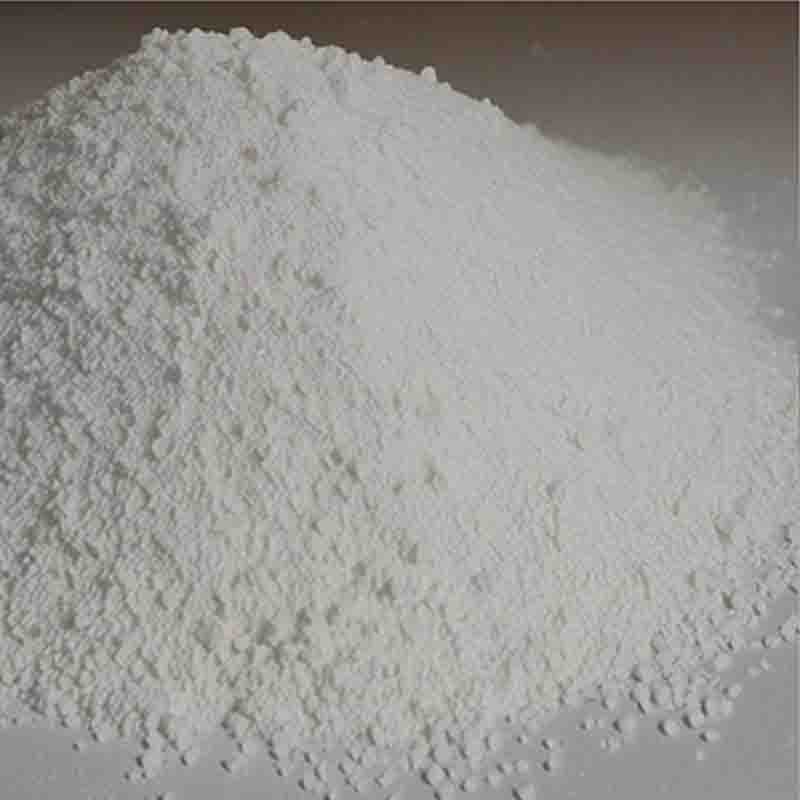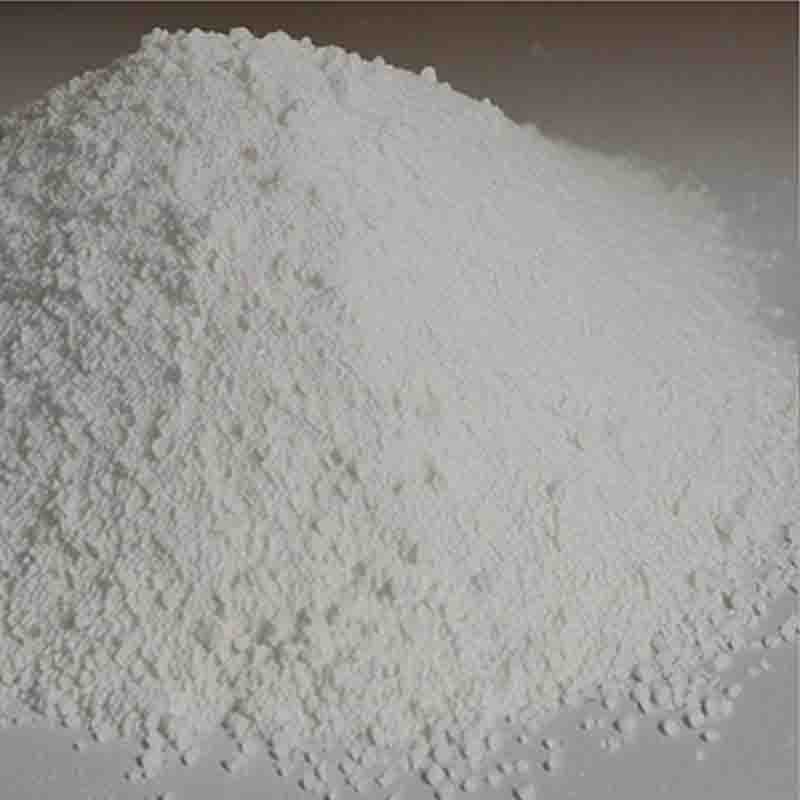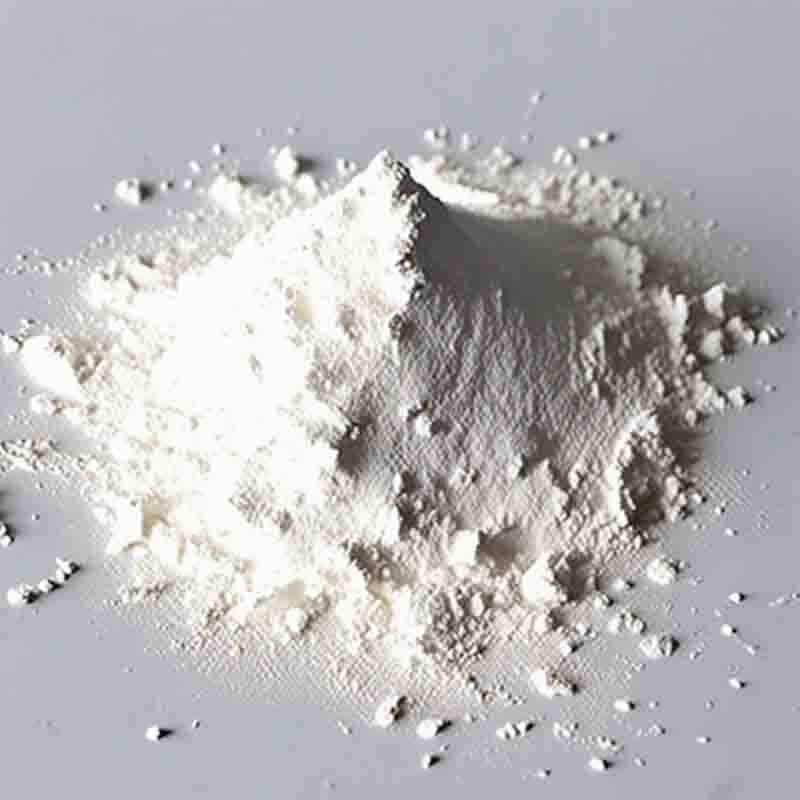Palladium bromide CAS: 13444-94-5
| Catalog Number | XD94441 |
| Product Name | Palladium bromide |
| CAS | 13444-94-5 |
| Molecular Formula | Br2Pd |
| Molecular Weight | 266.23 |
| Storage Details | Ambient |
Product Specification
| Appearance | White powder |
| Assay | 99% min |
Palladium bromide (PdBr2) is a chemical compound that contains a palladium(II) ion coordinated with two bromide ligands. This inorganic compound, known for its catalytic properties, finds various applications in organic synthesis and industrial processes.One significant use of palladium bromide is in cross-coupling reactions, specifically in the famous Suzuki-Miyaura coupling. This reaction involves the coupling of an organoboron compound, often an aryl or vinyl boronic acid, with an organic substrate containing a halide group. Palladium bromide serves as an efficient catalyst in this process, facilitating the formation of new carbon-carbon bonds. Through the controlled oxidative addition and reductive elimination steps, palladium bromide enables the construction of complex molecules with high selectivity and efficiency.Moreover, palladium bromide is employed in the Heck reaction, another important cross-coupling reaction. The Heck reaction involves the coupling of an organic halide substrate with an alkene or alkyne partner to form a substituted alkene or alkyne. Palladium bromide, often used in conjunction with a phosphine ligand, acts as a catalyst to promote this coupling process. The reaction allows for the creation of valuable carbon-carbon bonds and is widely utilized in the synthesis of pharmaceuticals, agrochemicals, and various fine chemicals.Additionally, palladium bromide finds use in the catalytic hydrogenation of organic compounds. Hydrogenation involves the addition of hydrogen to unsaturated organic molecules, typically alkenes or alkynes, resulting in the formation of saturated counterparts. Palladium bromide, along with a suitable reducing agent, acts as a catalyst to facilitate this transformation. Hydrogenation reactions play a crucial role in the synthesis of a wide range of chemicals, such as fats, oils, and pharmaceutical intermediates.Moreover, palladium bromide is employed as a catalyst in various other organic transformations like allylic substitutions, carbonylation reactions, and polymerizations. Its versatile catalytic properties enable the synthesis of complex organic molecules with improved efficiency and selectivity.In summary, palladium bromide is a valuable catalyst in organic synthesis. Its applications in cross-coupling reactions, hydrogenation, and other transformations have significant implications in the production of a wide range of chemicals, including pharmaceuticals, agrochemicals, and fine chemicals. The ability of palladium bromide to promote the formation of carbon-carbon bonds and facilitate diverse organic transformations makes it a fundamental tool in modern organic chemistry.


